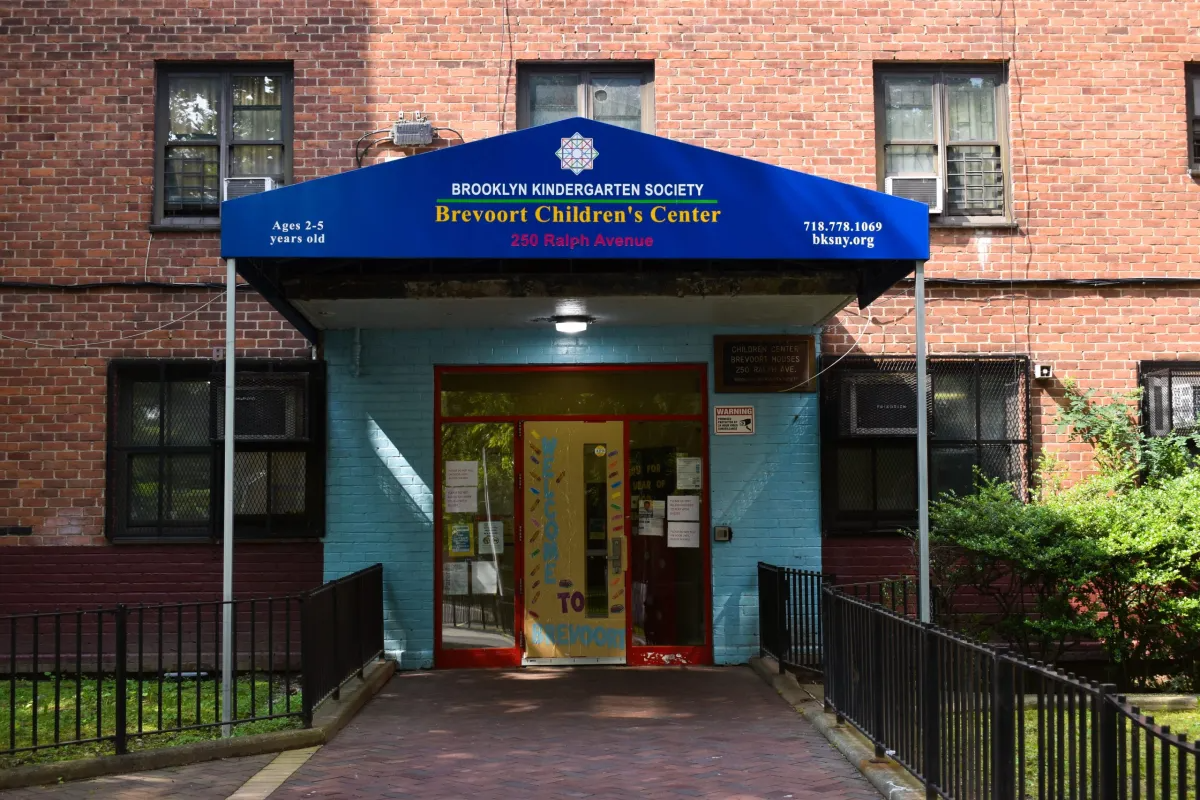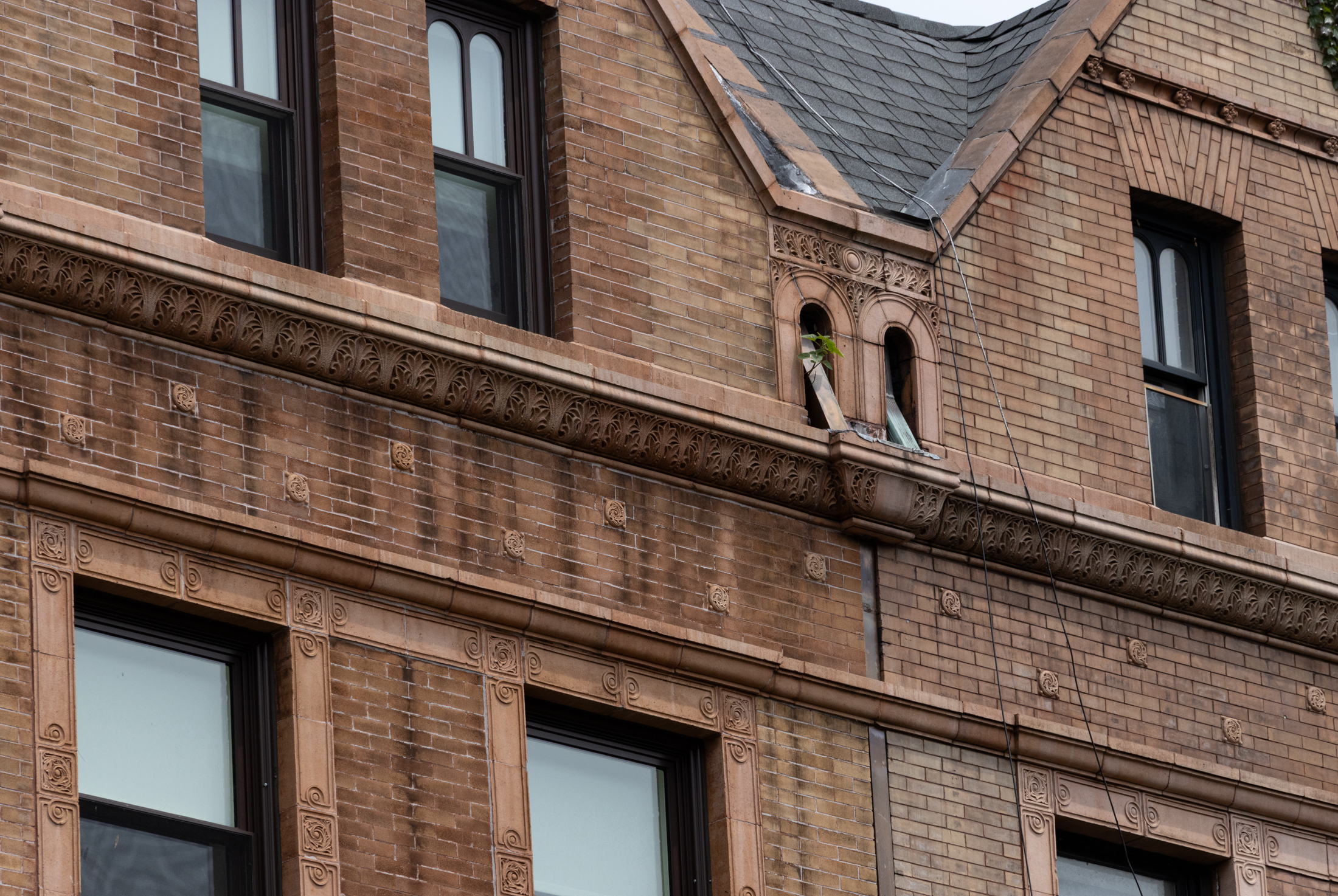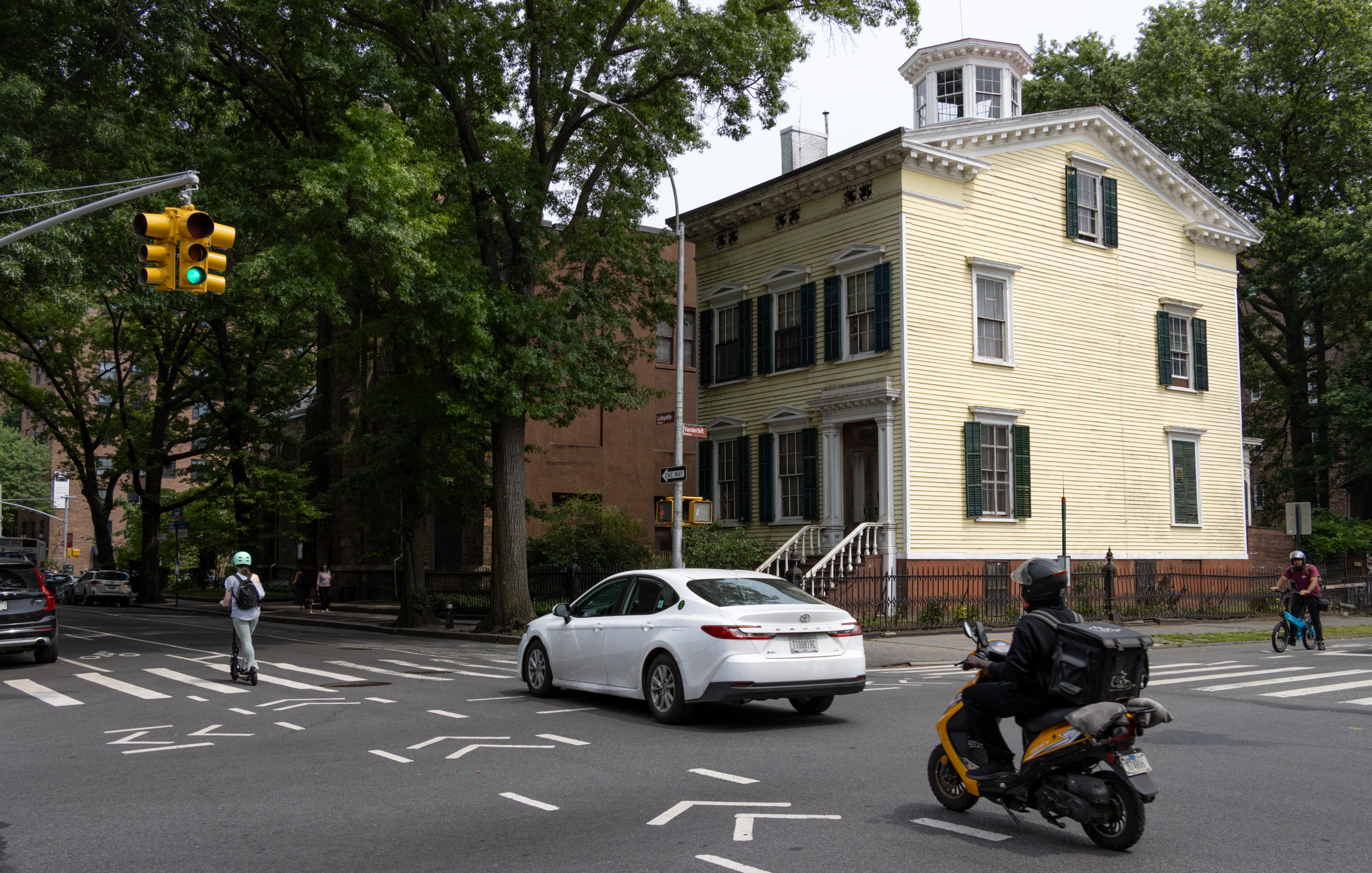Walkabout: The Business of Amusement, Part 1
Read Part 2, Part 3 and Part 4 of this story. After a visit to Coney Island this weekend, it reminded me that spring would be a fine time to talk about summer amusement. The new Luna Park was humming along, new rides were being built, and the smell of Nathan’s Famous hotdogs was in…


Read Part 2, Part 3 and Part 4 of this story.
After a visit to Coney Island this weekend, it reminded me that spring would be a fine time to talk about summer amusement. The new Luna Park was humming along, new rides were being built, and the smell of Nathan’s Famous hotdogs was in the air, and the ocean and the boardwalk still beckon.
The gaping holes where Henderson’s Theater and the Coney Island Bank once stood did not make me happy, but I digress. Looking around at what’s left of the traditional tawdry, tacky and populist Coney Island, it’s hard to believe that in the heyday of the amusement parks, there was nothing but attraction after attraction, spectacular ride after ride, for blocks upon blocks.

It was miles and miles of beach and fun, food, and if you wanted, fooling around, as well as uplifting and educational journeys. It was Coney Island.
It is fitting that the first gated amusement park in the world to charge an admission fee was at Coney Island.
It was called Sea Lion Park, and was built in 1895 by Paul Boyton. He was tailor-made for the entertainment business, and was the 19th century combination of Jacques Cousteau, P.T. Barnum, and that guy on the Nat Geo station who does extreme nature/sports stuff like trying to ski down Mt. Everest, or swim across the Pacific Ocean.

Boyton became famous in 1874 for swimming to shore in rough seas on a day’s sail out from Ireland, and making it to shore. He enhanced his fame by many other swimming feats, such as swimming to Capri from Naples, swimming down the Thames, across the English Channel, and 450 miles down the Rhine.
He also swam 2300 miles down the Mississippi, and traversed the rivers of the Americas and Europe. He must have been in great shape.
He decided to open an amusement park to relax. Sea Lion Park had an aquatic theme, with a lagoon, an old mill water ride and a Shoot the Chutes ride, destined to be a staple of every Coney Island park for years to come.

Boyton and an inventor named Thomas Polk are credited as its inventors. Shooting the Chutes was a flat bottomed boat ride down a steep watery incline, designed to hit bumps that would propel the riders off their seats and back down, with accompanying sprays of water.
When the boat reached the calm lagoon, it would be steered onto a track and pulled to the top for the next ride. It was a huge success.
Boyton was also the first amusement park owner to have a looped roller coaster, called the Flip Flap Railroad. It was said to be Coney Island’s scariest ride, and debuted in 1895, invented by a woman; Lina Beecher.

Although it’s quite familiar to amusement park goers today, back then, instead of steel harnesses and plastic restraints, the only thing keeping the two cars and their riders in the cars as it travelled upside down in the apogee of the loop was pure centrifugal force. Many people suffered whiplash from the gravitational forces needed to keep people in their seats.
In the following years, until he gave up the business in 1902, he added a ballroom, and several other rides. He never made a lot of money, as he wasn’t able to attract new business. After attending a couple of times, customers wanted something new, and by now there were other places to get something new.
This would be the curse of trying to amuse thousands of people every day. An amusement park owner had to keep reinventing himself, and always needed something new.

Fortunately, there were other people with entertainment in their blood. George Tilyou, the founder of the first Steeplechase Park, was such a man. He had it in the blood. His parents had owned and operated Surf House, the first Coney Island restaurant and bathing suit rental establishment catering to middle class families.
They opened that business in 1865, when young George was only three, and it became the popular place to go, as Coney Island and surrounding beaches were becoming a day tripping and resort spot for New York’s affluent and middle classes alike.
In 1882, George and his father opened the first Coney Island theater, called Tilyou’s Surf Theater. In 1893, George got married, and he and his wife, Mary, went to Chicago for their honeymoon, to attend the Chicago World’s Exhibition.

Like many people, they were hugely impressed with a world’s fair that would shape the architecture and social thinking of people for the next twenty years and beyond. But what George saw was the first world’s fair with a midway. On that midway, with rides, games and amusements was the most fascinating contrivance of all the first Ferris wheel. He had to have it.
Unfortunately, it had already been sold, but Tilyou ordered a much smaller one, and when he got home, he leased some land near the beach and put up a huge sign advertising the coming of the World’s Largest Ferris Wheel.
He lied, but who cared? The wheel arrived in 1894, and was lit with hundreds of incandescent lights, and was soon the biggest attraction in Coney Island. While he had thought of great moneymaking rides, and by this time he owned several scattered across Coney Island’s amusement area, he never thought of enclosing them in a park, until Boyton came up with the concept.

With that in mind, he needed a big new ride to anchor his new park, to go along with the Ferris Wheel, and he wanted to capitalize on the popularity of the racetracks, which at this time, were really the main attraction to the nearby towns of Gravesend, Sheepshead Bay, and Brighton Beach, their patrons wandering over to Coney when the races ended or were not in season.
He found it in a ride by a British inventor and his mechanical race course. He bought it, changed it beyond recognition, and leased enough land for the huge racetrack on tracks that would name his park; Steeplechase Park.
The metal horses travelled along tracks that undulated with dips, hills and inclines. The horses ran by gravity and momentum, and were spurred along by attendants in racing uniforms who encouraged the riders and marked the mileposts and the starting and finishing gates.
Tilyou would add more attractions to his park, and it grew. It only cost twenty-five cents to enter, and guests could ride as many times as they liked on the rides. Tilyou added the Voyage to the Moon attraction, which simulated a rocket ship ride to the moon, a Voyage to Venice, and other large rides.
He also invented rides that would cause ladies to show some ankle, blow up their skirts, and force people to get tangled together in a mass on the floor.
By the first decade of the 20th century, there were other parks in Coney Island, but Tilyou’s Steeplechase Park, with its famous sign, was the place to go for a slightly naughty good time. That would all end in flames in 1907.
Next time: The Steeplechase rides, the fire, Luna Park, Dreamland and more. Coney Island’s amusements continue.





Ah well, arkady- never trust a Coney Island website enthusiast who didn’t do their historical research. *mumble, muble…..damn know-it-all, gnomist……mumble…mumble…* 😉
In fact, that’s a folk etymology about hoopla. It’s actually from the French – houp-la & US got it from UK.
Totally got trashed last summer with pina-coladas on the boardwalk……don’t know how we ever made it back home on our bikes….
so I check the box yes, we had fun…..looking forward to going again this summer, as it is a 10 minute bike ride from us !!
benson, I am not an expert on Coney Island, I was never taken there as a child and I do not have the happy associations many have with the place.
Also those hot dogs give me shpilkus.
Rf, your daughter is so right. Coney Island has (and hopefully won’t lose) an atmosphere that can’t be created. Memories that will never be forgotten. Looking at old home movies, as Benson noted, the adults, in suits and dresses (and high heels) on all the rides, it will never be recreated. That was a simplier time. Could you imagine today someone sticking someone with that cow prod thingy, lol. They’d be a riot.
I loved the origin of the word “Hoop-La”. There was a ride of the same name- a big circle that men and women sat on and it spun around. I imagine it was the ensuing shrieking and noisemaking that became known as raising a hoop-la.
Minard;
Your statement is incorrect regarding the earlier amusement parks at Coney Island. They were intended as refined amusement for adults, not children. Take a look at the pictures that Montrose posted above, as well as the many that the Brooklyn Historical Society has of the original Dreamland and Luna Park. You will find that the patrons are well-dressed adults, completely different than our modern-day amusement park.
My dad, who grew up in the Bronx during the Depression, loved going to Coney Island with his pals. They took a roundabout route on the subway to pay only one fare so they’d have more money for the rides. Even though it wasn’t as impressive during the 50s when I was a kid, we went every summer. And when my teen kid was little, she loved the kiddie rides, and she’s looking forward to going to Coney with her friends this summer. The last time I took her and a friend when they were in middle school, they both remarked that it was a lot more interesting than Six Flags and other corporate amusement parks in NJ.
I have always loved Coney Island. Steeplechase was amazing. I couldn’t wait to be old enough to ride the electric horses, alas, it was never to be. All those elbow and knee burns from the slides, were well worth it. A great family outing.